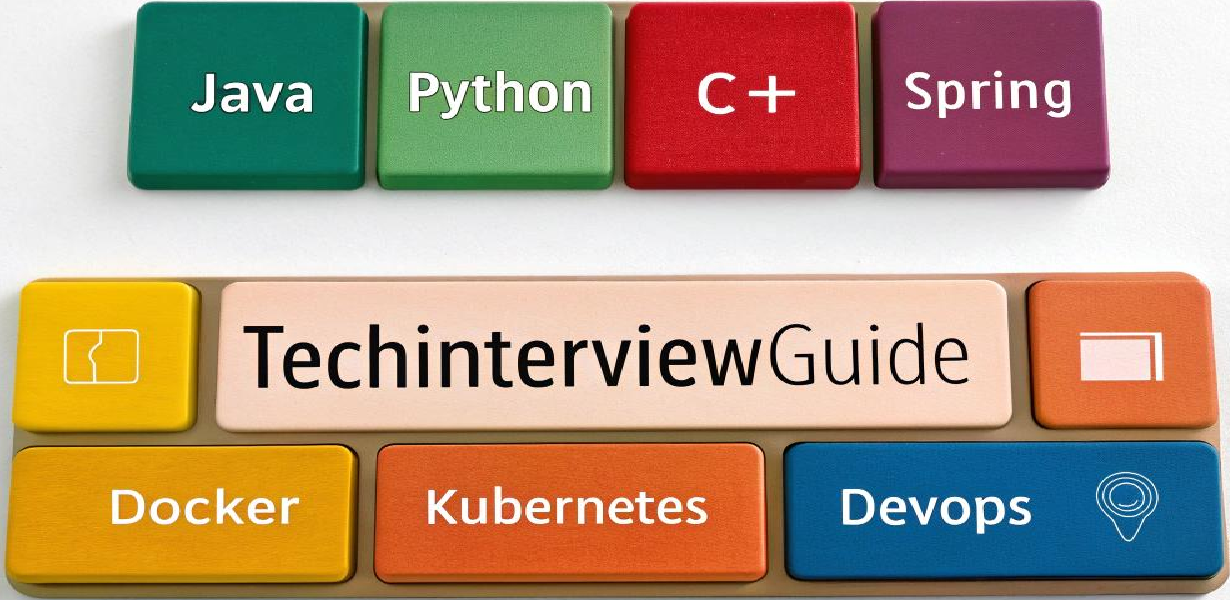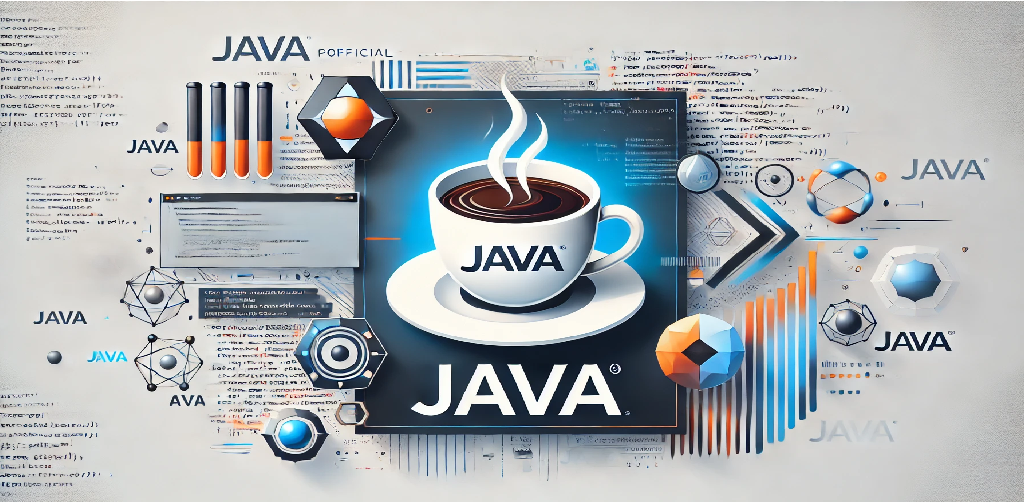In Java programming, exception handling is a critical aspect of writing robust, maintainable, and error-free code. Java provides a structured mechanism for handling runtime anomalies or unexpected situations that might occur during the execution of a program. These situations could include file access errors, network issues, or even invalid user inputs. In this article, we will explore the best practices for handling exceptions in Java, focusing on code clarity, efficiency, and long-term maintainability. Below, we’ll delve into various strategies, supported by code examples, to handle exceptions effectively in Java.
1. Use Specific Exceptions
One of the golden rules of exception handling is to catch specific exceptions instead of using general ones like Exception or Throwable. This allows you to handle different types of exceptions in more targeted ways, making your code easier to debug and maintain. Java provides a rich hierarchy of exception classes, allowing you to catch various exceptions as per their specific nature.
try {
int result = 10 / 0;
} catch (ArithmeticException e) {
System.out.println("Cannot divide by zero.");
} catch (Exception e) {
System.out.println("An error occurred: " + e.getMessage());
}
Here, ArithmeticException is caught separately from the generic Exception, ensuring that you can handle division by zero scenarios more precisely.
2. Always Release Resources with Finally Block
Whenever resources such as files, network connections, or database connections are opened, they need to be closed to avoid memory leaks or resource contention. Java provides the finally block for this purpose. Code inside the finally block is guaranteed to execute whether an exception is thrown or not. This makes it an ideal place to close resources like file streams.
FileInputStream fis = null;
try {
fis = new FileInputStream("somefile.txt");
// Read the file
} catch (IOException e) {
System.out.println("File not found.");
} finally {
try {
if (fis != null) fis.close();
} catch (IOException e) {
System.out.println("Error closing the file.");
}
}
Even if an exception occurs during file reading, the finally block ensures that the file is closed properly.
3. Avoid Empty Catch Blocks
Empty catch blocks can hide errors and make debugging more difficult. They are considered a bad practice because they do not provide any meaningful feedback to the user or the developer. Instead, always log the exception or rethrow it so that you can diagnose issues quickly.
try {
int[] arr = new int[5];
System.out.println(arr[10]);
} catch (ArrayIndexOutOfBoundsException e) {
System.out.println("Array index out of bounds.");
e.printStackTrace(); // Log the exception stack trace
}
In this example, we explicitly log the exception stack trace to help with debugging. An empty catch block would make it harder to identify the problem.
4. Use Custom Exception Classes
When dealing with application-specific errors, it is often useful to define custom exception classes. Custom exceptions provide clarity and specificity in error handling, helping to distinguish between different types of failures that may occur in your application.
public class InvalidUserInputException extends Exception {
public InvalidUserInputException(String message) {
super(message);
}
}
public class UserInputProcessor {
public void processInput(String input) throws InvalidUserInputException {
if (input == null || input.isEmpty()) {
throw new InvalidUserInputException("Input cannot be null or empty.");
}
}
}
By creating a custom exception like InvalidUserInputException, you can provide more meaningful error messages and handle specific scenarios more effectively.
5. Use Multi-Catch in Java 7 and Later
Java 7 introduced multi-catch, which allows you to catch multiple exceptions in a single catch block. This reduces redundancy in code and improves readability when multiple exceptions have the same handling logic.
try {
String input = null;
System.out.println(input.length());
} catch (NullPointerException | ArithmeticException e) {
System.out.println("An error occurred: " + e.getClass().getSimpleName());
}
In this case, both NullPointerException and ArithmeticException are handled in a single catch block.
6. Rethrow Exceptions When Necessary
In some cases, it might be appropriate to catch an exception, log it, and then rethrow it for higher-level handling. This is useful when an exception cannot be meaningfully handled at the current level but needs to be propagated to a higher level where it can be addressed.
try {
int result = divide(10, 0);
} catch (ArithmeticException e) {
System.out.println("Division by zero occurred.");
throw e; // Rethrow the exception for higher-level handling
}
Rethrowing exceptions allows you to handle them in the appropriate context and ensures that the error is not silently ignored.
7. Avoid Using Exceptions for Control Flow
Although exceptions can be used for control flow in Java, it is not recommended. Exceptions should be reserved for exceptional conditions, not for routine operations like checking whether a file exists or handling an expected condition. Using exceptions for control flow can degrade performance and make your code harder to read.
try {
int[] numbers = new int[5];
numbers[10] = 100; // This will throw an exception
} catch (ArrayIndexOutOfBoundsException e) {
// Don't use exception as control flow. Handle it properly.
System.out.println("Accessing an invalid index.");
}
Instead of relying on exceptions for control flow, you should use checks (like bounds checking) to avoid the need for exceptions in expected conditions.
8. Log Exceptions for Future Debugging
Properly logging exceptions is crucial for debugging and maintaining applications. Use a logging framework like Log4j or SLF4J to log exception details, including stack traces and error messages. This helps developers trace back to the root cause of issues more effectively.
import org.slf4j.Logger;
import org.slf4j.LoggerFactory;
public class Application {
private static final Logger logger = LoggerFactory.getLogger(Application.class);
public static void main(String[] args) {
try {
int result = 10 / 0;
} catch (ArithmeticException e) {
logger.error("Error occurred while performing division: ", e);
}
}
}
Logging the exception along with its stack trace ensures that you have detailed information about the error, which will be helpful for fixing bugs and improving the application.
Conclusion
Exception handling in Java is an essential aspect of writing reliable software. By following best practices such as using specific exceptions, avoiding empty catch blocks, releasing resources properly, and logging exceptions, you can create cleaner, more maintainable, and more efficient code. Exception handling is not just about managing errors; it’s about building a resilient application that can gracefully handle unexpected situations.
Remember to continually refine your exception-handling practices as your application grows to ensure it remains robust in the face of unforeseen errors.

